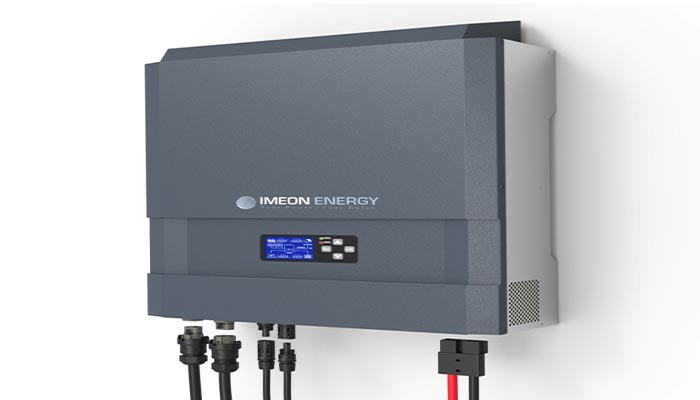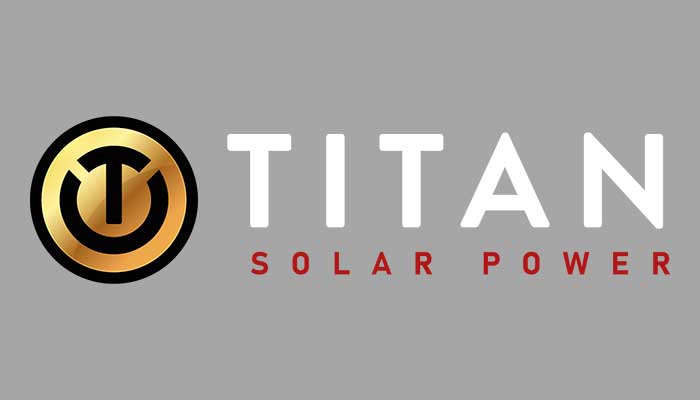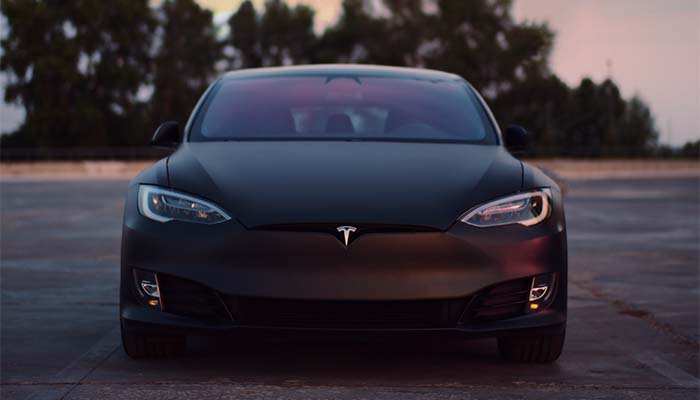
Updated December 22, 2021
String inverters, also known as central inverters, convert unusable direct current (DC) electricity generated by solar panels into usable alternating current (AC) electricity. Inverters are crucial components in solar panel systems. There are several different categories of inverters, but string inverters are some of the oldest and trusted options on the market.
How Do String Inverters Work?
An array of solar panels are connected by a system of “strings” that connect to a single inverter that converts direct current (DC) electricity into usable alternating current (AC) electricity. The inverter is typically located in an electrical storage box that is located commonly in a garage or basement.
String inverters are capable of handling multiple strings and solar panel connections. For example, it’s possible to have four strings of three solar panels each for a total of 12 solar panels wired to a single string. Strings should be carefully sized and selected based on the expected kilowatt (kW) output and the total wattage of the solar panel system. If the incorrect sized strings are used, then the system may end up wasting electricity.
Because of this unique configuration, the output of the system is only as efficient as its worst-performing solar panel. This means that if one solar panel is blocked by debris or is covered by shade, then the amount of electricity produced by the remaining solar panels is limited. String inverters are the best fit for solar-friendly areas and climates.
Advantages & Disadvantages
String inverters are tried-and-true in the solar market but don’t come without their own set of advantages and disadvantages when compared to other inverters on the market.
Advantages of string inverters
String inverters are great choices for the following reasons:
- Affordable
- Durable
- Trusted technology
- Easy to maintain
- Easy to install
First are foremost, string inverters are the most affordable solar inverter on the market. Their decades of use and availability have driven prices down across the board. With a typical 5kW residential solar panel system, string inverters cost an average of several thousand dollars less. This time in the market also makes them a trusted technology with proven long-term durability.
Lastly, maintenance and installation are much less complex with a set of strings and a singular inverter rather than working with multiple inverters. There is a lower chance of a wiring mishap thanks to the design’s simplicity which also makes it easier to fix and maintain.
Disadvantages of string inverters
String inverters should be avoided for the following reasons:
- Single point of failure
- Not possible to expand
- Dangerous high-voltage
- Only as efficient as its worst-performing solar panel
Unfortunately, if there is a single failure within the string inverter system, then the entire system fails. This could lead to a significant loss of energy production during downtimes. Thankfully, troubleshooting and ease of maintenance make downtime less likely. Because of how long string inverters have been around, most solar electricians are intimately familiar with how they work and can quickly repair them.
It’s also not possible to expand upon an existing solar panel system with a string inverter without reconstructing the entire solar panel system. String inverters must be carefully sized and selected based on kW output and total wattage of the system. If the kW output or total wattage changes, then the existing string will no longer function as intended and could even damage the existing equipment if overloaded.
A singular string conducting all of the electricity for your entire solar panel system carries a high-voltage load. There could be upwards of 1,000 volts of DC energy traveling across your roof at any given time. In the event of a fire or damage, this could be troublesome and lead to arcing.
Conclusion
A string inverter is a critical component of any solar panel system. It effectively converts unusable direct current (DC) electricity into usable alternating current (DC) electricity. In a string inverter system, each solar panel is strung together with a specially sized “string” that carries the DC electricity to a nearby electrical box where it is safely converted into an AC flow of electricity.
In comparison to other solar inverters, string inverters are much cheaper and have been around for a longer amount of time. They are durable, trusted, easy to maintain, and easy to install. Unfortunately, a single point of failure deems the entire solar panel system useless. It’s also difficult to expand upon an existing string inverter system and it doesn’t perform the best in partially shaded areas or areas prone to debris buildup.



